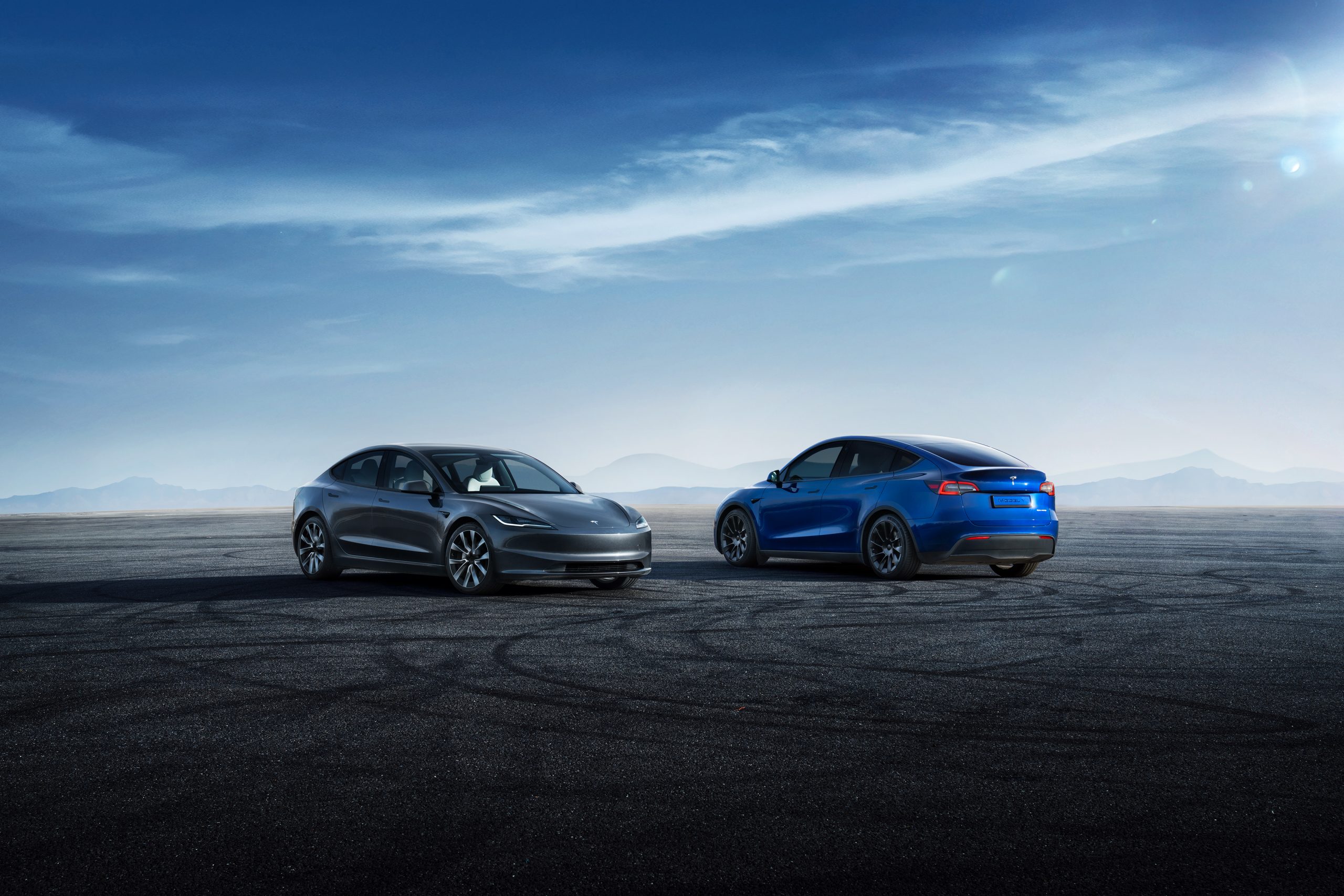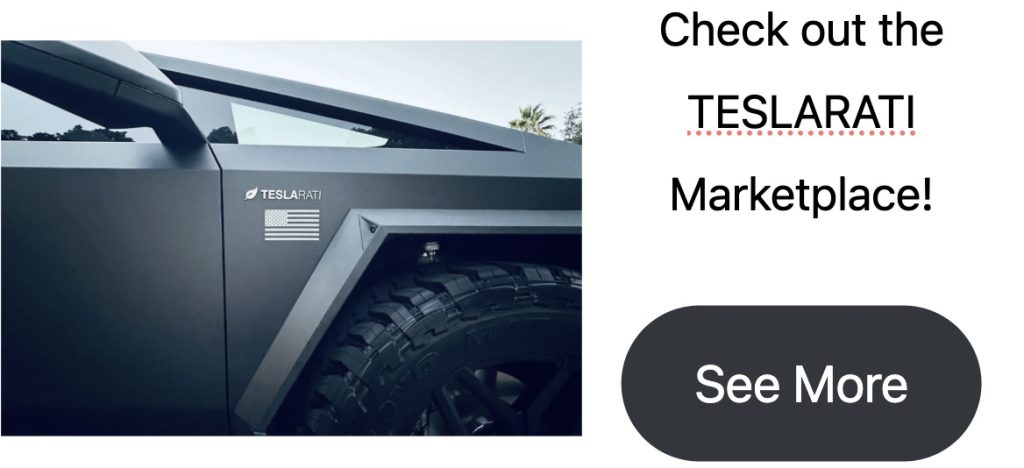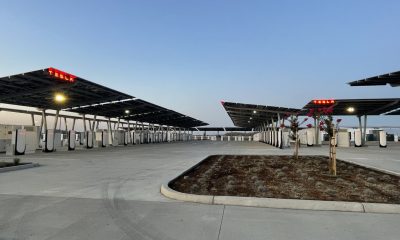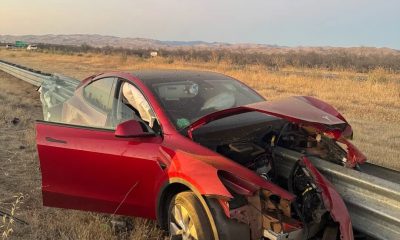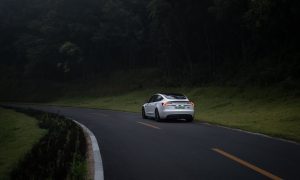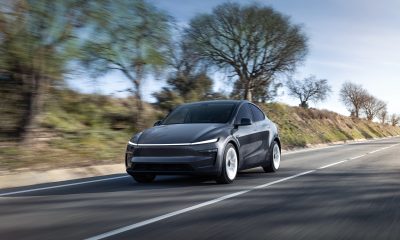Tesla remained the dominant seller of battery-electric vehicles (BEVs) in the U.S. last year, with early estimates showing that the company sold more than most of its competitors combined. While data isn’t yet available for every automaker selling BEVs in the U.S., we took the time to compile some of the earliest estimates available for 2024 BEV sales, giving us an idea of where Tesla’s competitors landed in the year’s sales.
According to Cox Automotive, automakers sold 1.3 million BEVs in the U.S. in 2024, making up 8 percent of the total market share of nearly 16 million vehicles sold across powertrain types. EV sales also jumped in Q4 to 356,000 vehicles, marking a 12 percent jump year over year.
Cox also expects EV deliveries to surpass 1.5 million in the U.S. in 2025, while 2023 deliveries topped out at 1.2 million.
General Motors (GM) and Ford took up the second and third spots in U.S. BEV sales in 2024, both following Tesla, which held first place decisively. GM’s BEV sales were made up of the Chevy Equinox EV, the Chevy Blazer EV, the Chevy Silverado EV, the Cadillac Lyriq, the GMC Hummer EV, the GMC Sierra EV, and the BrightDrop EV600 commercial van. Ford’s BEV sales were comprised of the Mustang Mach-E, the F-150 Lightning, and the E-Transit.
Toyota was one of the few other manufacturers to release specific U.S. and BEV data, with the latter being made up of those from the BZ4X and Lexus RZ. The vast majority of Toyota’s “electrified” vehicles is comprised of hybrid and plugin hybrid powertrains, along with the Mirai which sports a fuel cell powertrain. All of these electrified vehicle types are excluded from the figure below.
Hyundai’s BEV figure was made up of Ioniq 5, Ioniq 6, and Kona BEV sales, the latter of which is also offered in a hybrid version. The company’s subsidiary Kia had BEV sales including the battery-electric EV6 and EV9, and while the automaker also sells a BEV version of the Niro, it did not separate the vehicle’s hybrid and BEV versions in its report released last week.
It’s worth noting that Tesla doesn’t share figures for individual market sales, though the maker was estimated by Cox Automotive to have sold about 633,000 units to remain the clear leader in the market. Others, such as Lucid and Rivian, deliver the vast majority of their vehicles in the U.S., though they do not break out region-specific figures. Meanwhile, similar estimates for the brands have not yet been shared publicly.
READ MORE ABOUT U.S. BEV SALES: Colorado becomes the #1 state for EV sales, beating California
Audi had 23,152 BEVs sold in the U.S. made up of its e-tron Q4, Q6, Q8, and GT lineups, while its parent company, Volkswagen, sold blank units comprised of the ID.4 and newly launched ID.Buzz, which was only sold in the market in the fourth quarter. BMW sold its battery-electric i4, i5, i7, and iX models in the U.S. last year.
Nissan’s BEVs included the Leaf and the Ariya, which saw year-to-date sales increases of 57 and 47 percent, respectively.
Cox Automotive is also expected to unveil its 2024 EV Sales report in the coming weeks, which should shed light on many of the automakers that have not shared market-specific figures.
You can see the recent estimates from Cox Automotive on the top EV makers in the U.S. in 2024 below, along with some figures directly from each automaker. Additionally, the source of the figures are linked near the bottom of the page.
How many BEVs did automakers sell in the U.S. in 2024?
- Tesla: 633,762
- GM: 114,432
- Ford: 97,865
- Hyundai: 61,797
- Kia: 56,099
- Rivian: 51,442
- BMW: 50,981
- Nissan: 31,024
- Toyota: 28,267
- Mercedes-Benz: 21,154
- Audi: 23,152
- Volkswagen: 18,183
Top 10 EV models sold in the U.S., according to Cox Auto estimates
- Tesla Model Y
- Tesla Model 3
- Ford Mustang Mach-E
- Hyundai Ioniq 5
- Tesla Cybertruck
- Ford F-150 Lightning
- Honda Prologue
- Chevy Equinox EV
- Cadillac Lyriq
- Rivian R1S
You can see detailed estimates from Cox Automotive, which were released on January 13.
Audi | BMW | Ford | GM | Hyundai | Lucid | Nissan | Rivian | Tesla | Toyota | Volkswagen
Updated 1/19: Added the latest figures from Cox Automotive estimates.
What are your thoughts? Did I miss any automakers or U.S. sales figures? Let me know at zach@teslarati.com, find me on X at @zacharyvisconti, or send us tips at tips@teslarati.com.
Study reveals less than 1% of EV owners wish to switch back to ICE
Elon Musk
Elon Musk confirms Grok 4 launch on July 9 with livestream event
The rollout will be accompanied by a livestream at 8 p.m. Pacific Time.
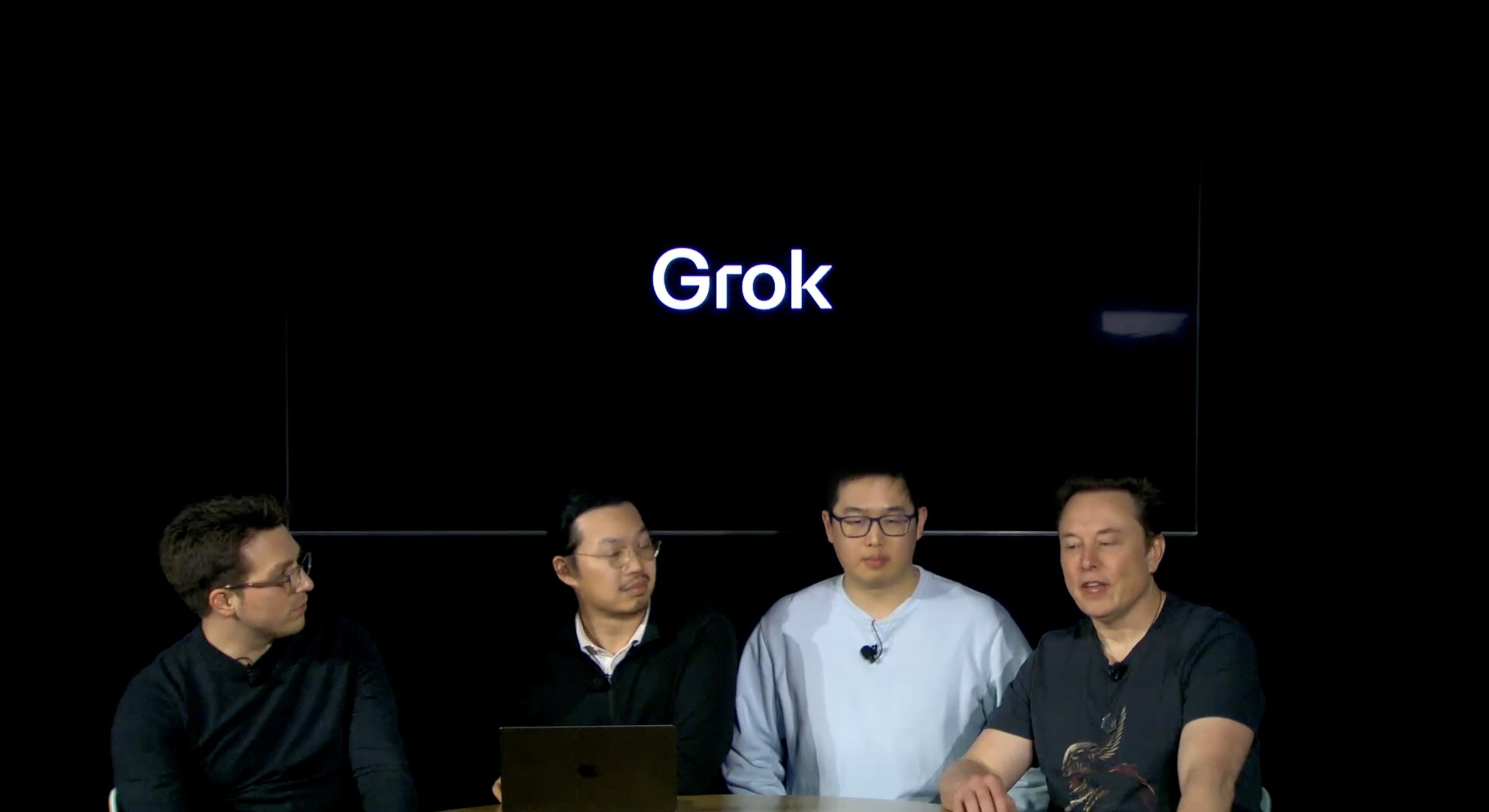
Elon Musk has officially confirmed that Grok 4, the latest version of xAI’s large language model, will launch on July 9. The rollout will be accompanied by a livestream at 8 p.m. Pacific Time, hosted on xAI’s official account on X.
xAI goes straight to Grok 4
Back in May, leaks indicated that xAI was getting ready to ship Grok 3.5. Considering Musk’s recent comments, however, it appears that the artificial intelligence startup would be focusing on the large language model’s fourth iteration instead. As noted in a Financial Express report, users on X have sighted references to Grok 4 in the lead up to the update’s launch, such as “grok-4-prod-mimic” and “Grok 4 Code.”
Musk’s Grok 4 announcement comes as AI competition intensifies between major players including OpenAI, Google, and xAI. With Musk’s Colossus supercomputer fully operational in Memphis, xAI appears to be accelerating its AI product roadmap.
Musk pushes Grok toward political neutrality
Grok 4’s launch also follows a recent controversy involving political bias, as noted in a CNN report. Last week, Grok responded to a user on X stating that political violence in the U.S. since 2016 had come more from the political right than the left. The chatbot noted in a later reply that its answer was based on information from sources like Reuters, the Journal of Democracy, and University of Maryland studies.
Musk stated that Grok’s response was a “major fail.” “Major fail, as this is objectively false. Grok is parroting legacy media. Working on it,” he wrote in a post on X. By the end of June, Musk noted that he was “grinding all night with the xAI team” and that they were making “good progress.” He also stated that the model “Will be called Grok 4. Release just after July 4th. Needs one more big run for a specialized coding model.”
News
Tesla opens massive solar Supercharger station in California
The Supercharger opened to customers ahead of Fourth of July weekend, while Tesla continues phase two of construction on the site.
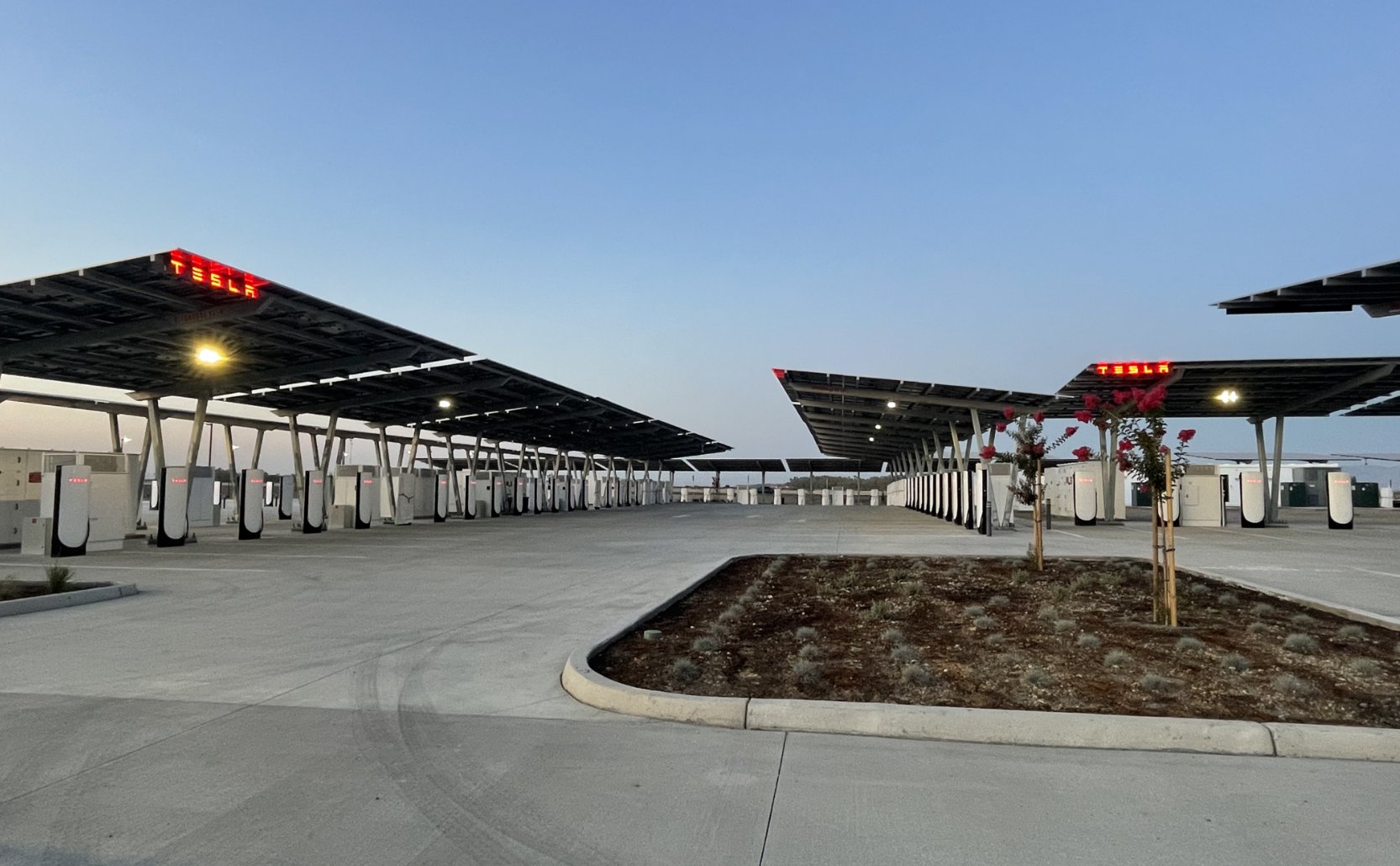
Tesla has officially launched the first several Supercharging posts at a massive station in California, notably including solar canopies and grid-scale batteries to offer completely renewable charging.
Last week, Tesla announced on X that it opened the first 84 Supercharger stalls of a planned 168-stall station in Lost Hills, California. Additionally, the massive Supercharger project features 11MW of solar canopies and 10 Megapack batteries for off-grid charging powered entirely by solar energy.
Tesla completed the first phase of the project just days ahead of the busy Fourth of July holiday weekend, adding that initial construction took just eight months. In addition to the remaining charging stalls, Tesla says it’s building a set of lounge areas, renderings of which can be seen below alongside current photos of the site.
Notably, the site also includes V4 charging posts for the company’s latest available charging speeds, and it’s located near the busy junction between I-5 and Highway 46 in Kern County.
“Thank you [Kern County] and [PG&E] for collaboration and approvals,” Tesla wrote in a follow-up post.
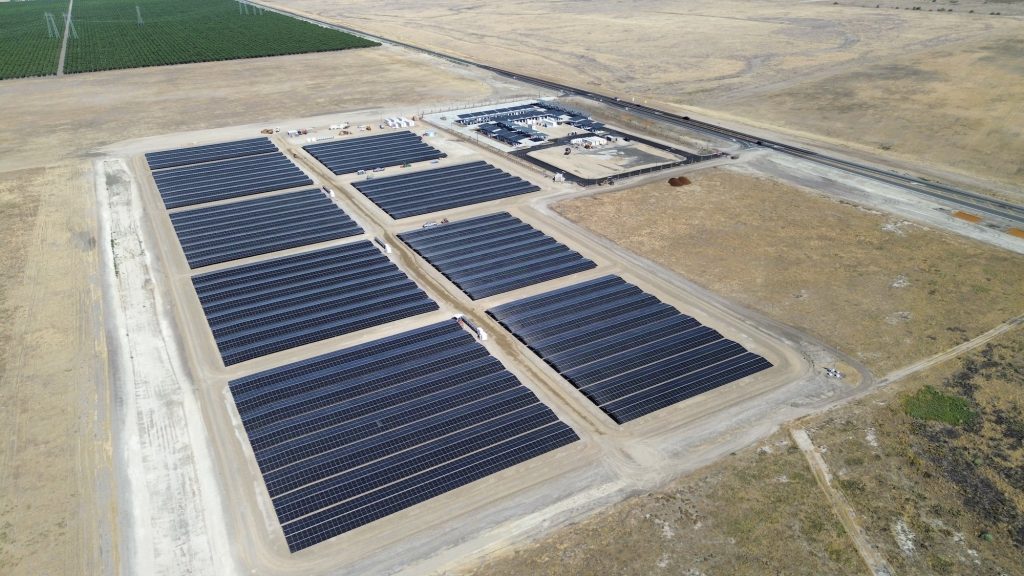
Credit: Tesla Charging | X

Credit: Tesla Charging | X

Credit: Tesla Charging | X
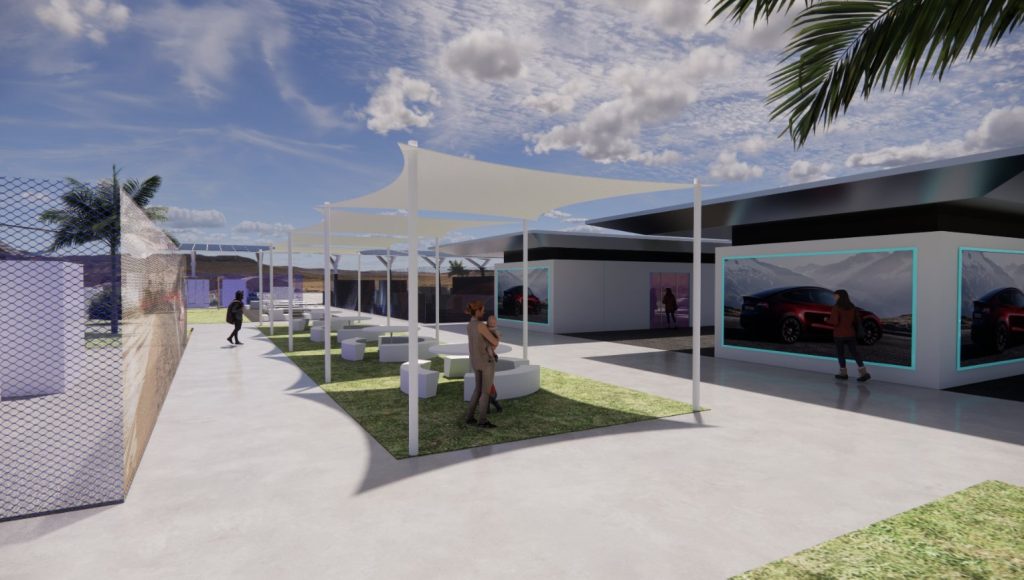
Credit: Tesla Charging | X
Tesla Supercharger Maps for North America, Europe, and Asia pic.twitter.com/0U5r0XRPyo
— TESLARATI (@Teslarati) July 2, 2025
READ MORE ON TESLA SUPERCHARGERS: Tesla launches ultra-fast V4 Superchargers in China for the first time
Testing at the LA Diner, plus Musk update on potential Tesla solar Gigafactory
The huge Tesla Supercharger station completed phase one of construction fairly quickly, especially given how long Tesla has been working on its unique Los Angeles diner, drive-in, and Supercharger location. Still, the company was seen performing some testing at the nearly-completed charging station earlier this month, and will reportedly be holding a job fair.
Elon Musk also responded on Monday morning to a post on X, suggesting that Tesla is “thinking about” building a U.S.-based solar Gigafactory in order to help support increased power needs with AI growth, and to bolster domestic solar production.
Tesla is building a new UFO-inspired Supercharger in the heart of Alien country
News
Tesla driver walks away from major accident with minor injuries
The driver sustained only minor injuries, and the exact cause of the crash remains under investigation.
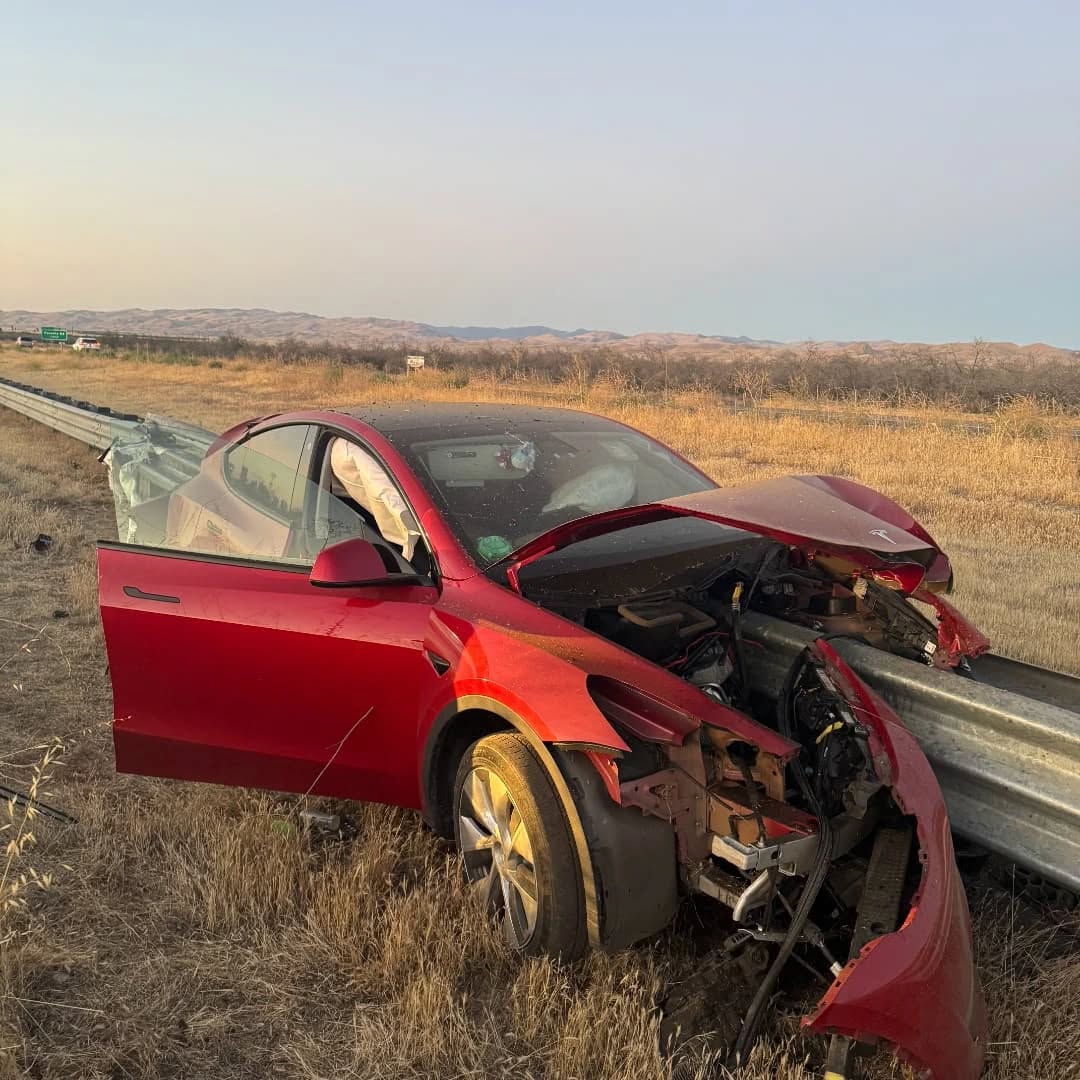
The driver of a Tesla Model Y survived and walked away from a harrowing accident on Monday in California, only sustaining minor injuries despite the vehicle being impaled by a guardrail.
On Monday morning around 4:34 a.m., the Los Banos division of the California Highway Patrol (CHP) responded to the accident on I-5 near Panoche Road, involving a 23-year-old in a Tesla Model Y. According to a post on social media, the driver veered off the road for unknown reasons in the northbound lane, before crashing directly into the guardrail and impaling the vehicle.
You can read the full message and photos from Los Banos CHP below, as were shared in a Facebook post on Monday afternoon.
This morning a Tesla model y was traveling in the #1 northbound lane of I-5 north of Panoche Rd. For unknown reasons driver allowed V-1 to veer off the roadway, travel through a dirt center divide, and crashed into the fixed metal guardrail. Lucky for the driver he only sustained minor injuries and was able to walk away. Driving a vehicle requires 100% attention to the road. Avoid distractions and focus on driving.
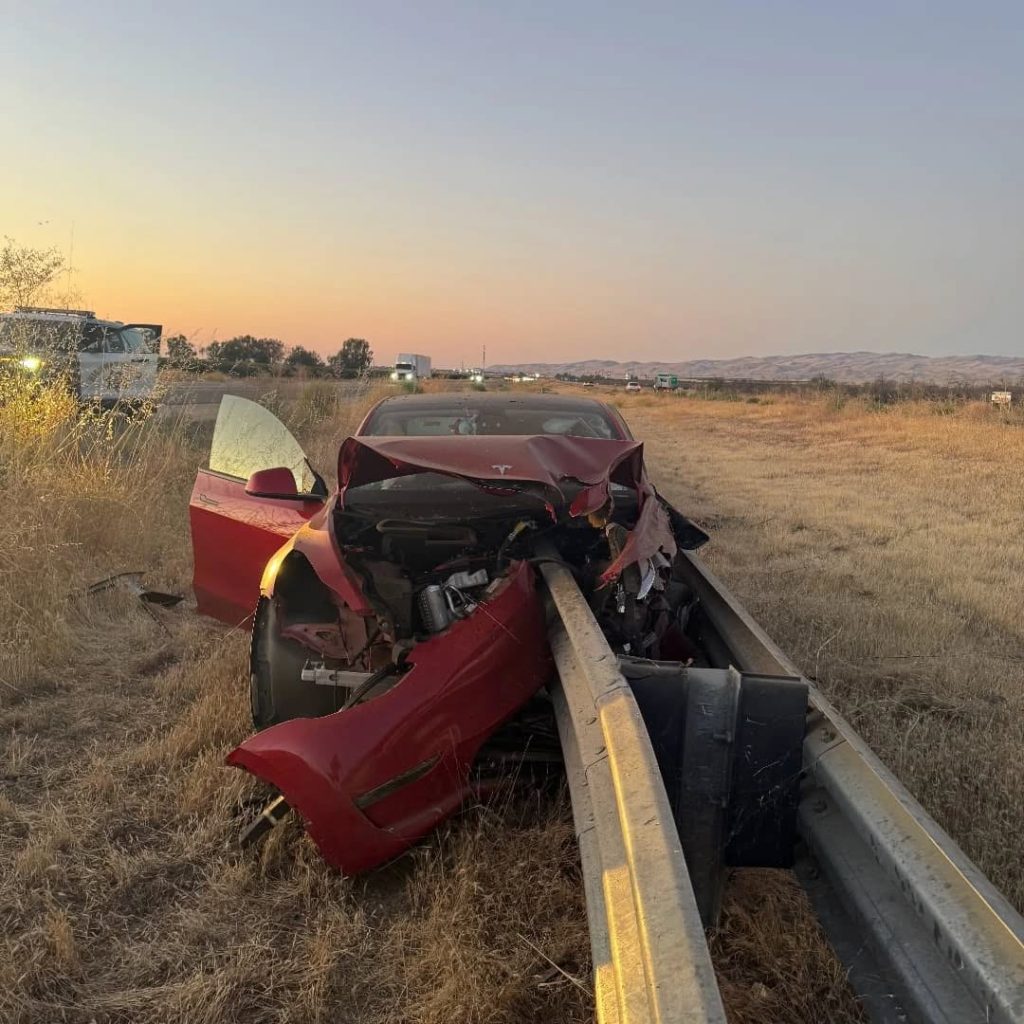
Credit: CHP Los Banos (via Facebook)
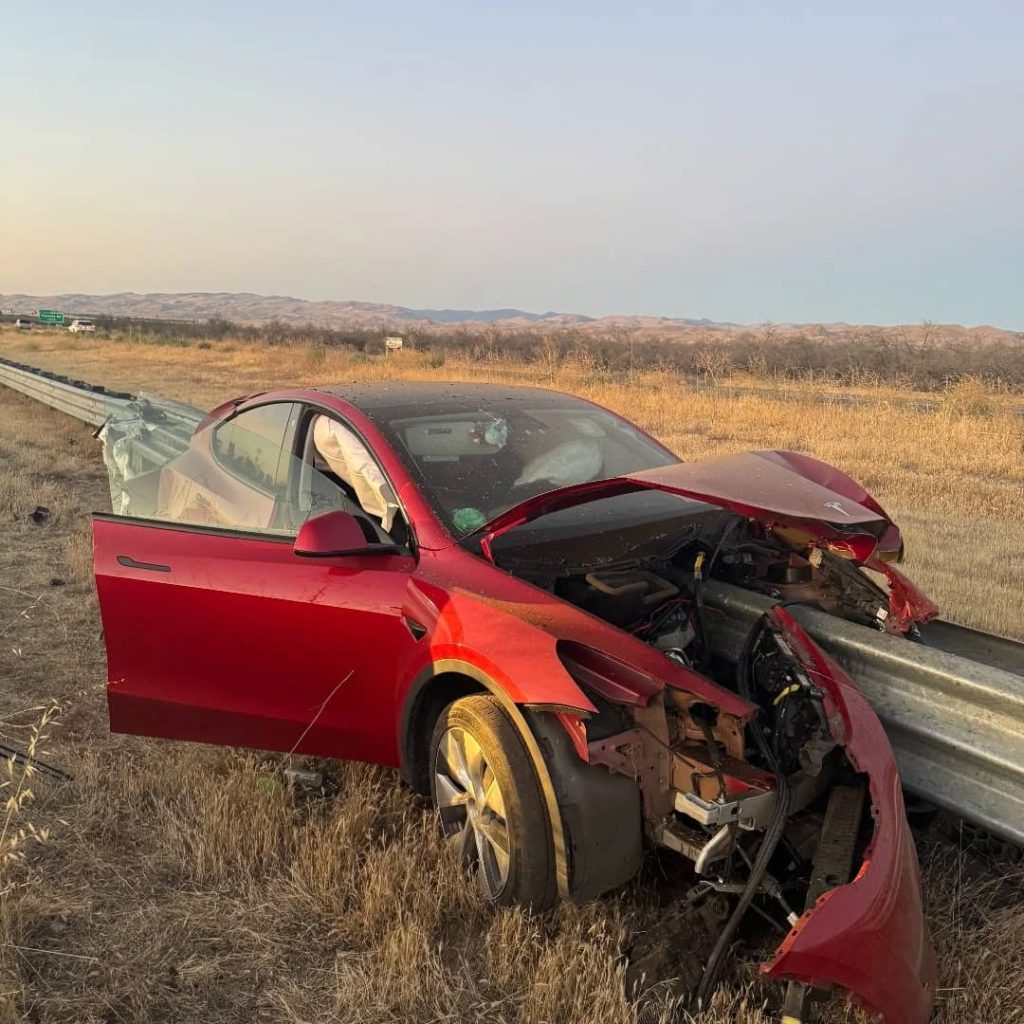
Credit: CHP Los Banos (via Facebook)
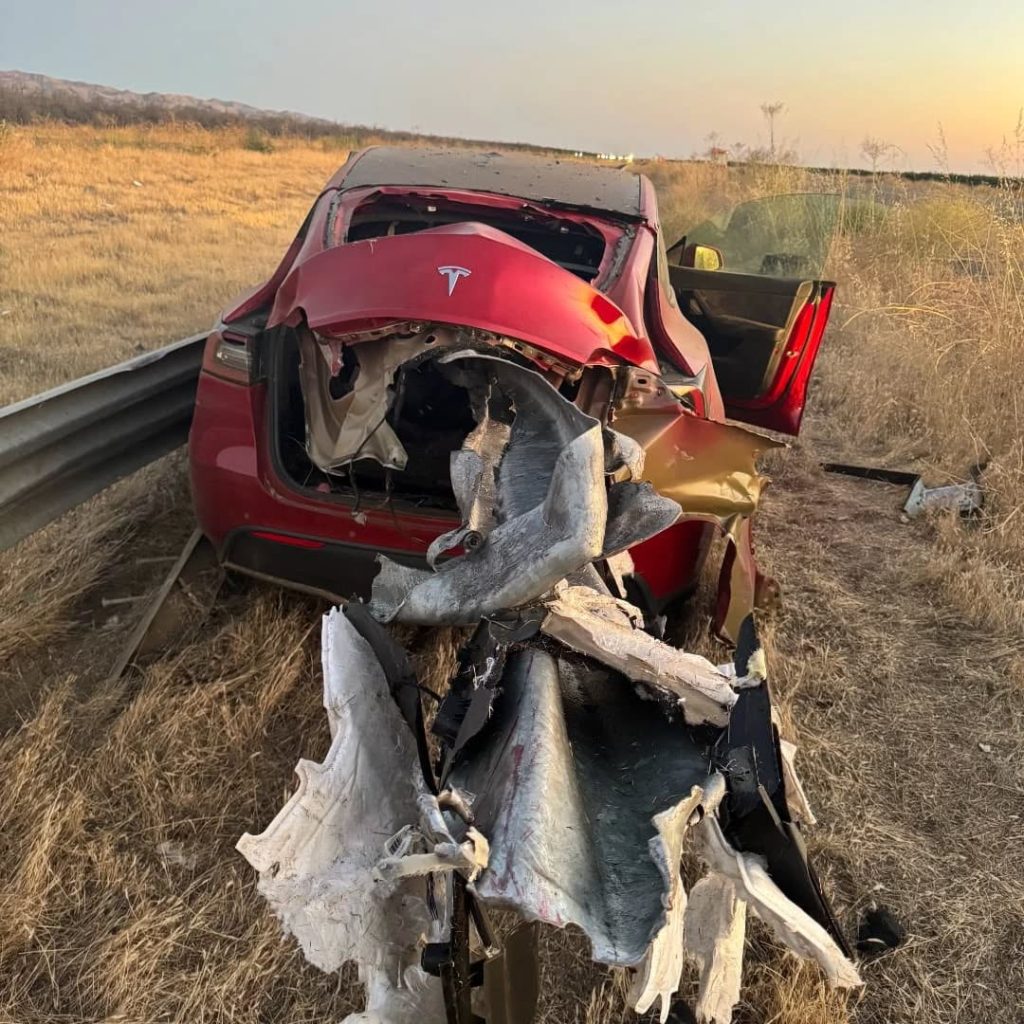
Credit: CHP Los Banos (via Facebook)
In a statement to SFGate, CHP officer Myles Anderson said that the driver only sustained minor injuries, while no arrests are made and drugs and alcohol are not suspected to have been involved. The report also notes that Tesla’s “cruise control and lane assistance features” were activated, according to Anderson. However, it’s not entirely clear if this is referring to Supervised Full Self-Driving (FSD), or to the cruise control and lane assist features baked into Autopilot.
At the time of writing, CHP has not yet responded to Teslarati’s request for clarification and additional details on the matter.
Tesla Crash Safety Ratings across its lineup: pic.twitter.com/ny30R7ceji
— TESLARATI (@Teslarati) July 1, 2025
READ MORE ON TESLA SAFETY: Tesla rolls out crucial new safety feature aimed at saving children
The news comes after Tesla has touted its vehicles as incredibly safe for many years. In December, for example, the company highlighted receiving top safety scores from regulators on four different continents throughout the world, including from the National Highway Traffic Safety Administration (NHTSA) and the Insurance Institute of Highway Safety (IIHS) in the U.S.
Tesla has also listed the goal of making its vehicles the safest on the road throughout the years, both in the overall design of its vehicles and in its Autopilot and Full Self-Driving (FSD) programs.
Tesla Model 3 ranks as the safest new car in Europe for 2025, per Euro NCAP tests
-

 Elon Musk1 week ago
Elon Musk1 week agoTesla investors will be shocked by Jim Cramer’s latest assessment
-

 News2 weeks ago
News2 weeks agoTesla Robotaxi’s biggest challenge seems to be this one thing
-

 News2 weeks ago
News2 weeks agoWatch the first true Tesla Robotaxi intervention by safety monitor
-

 Elon Musk1 week ago
Elon Musk1 week agoA Tesla just delivered itself to a customer autonomously, Elon Musk confirms
-

 News2 weeks ago
News2 weeks agoTesla Robotaxi rollout proves that Elon Musk still delivers, even if it’s late
-

 Elon Musk2 weeks ago
Elon Musk2 weeks agoxAI welcomes Memphis pollution results, environmental groups push back
-
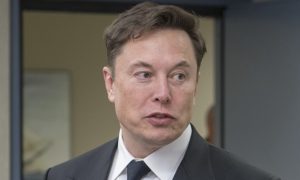
 Elon Musk2 weeks ago
Elon Musk2 weeks agoElon Musk commends Tesla team on successful Robotaxi launch
-
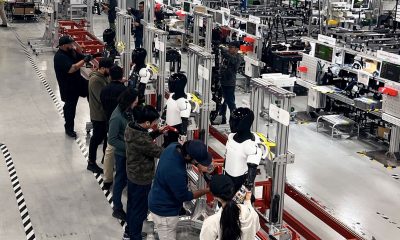
 Elon Musk2 weeks ago
Elon Musk2 weeks agoElon Musk confirms Tesla Optimus V3 already uses Grok voice AI

